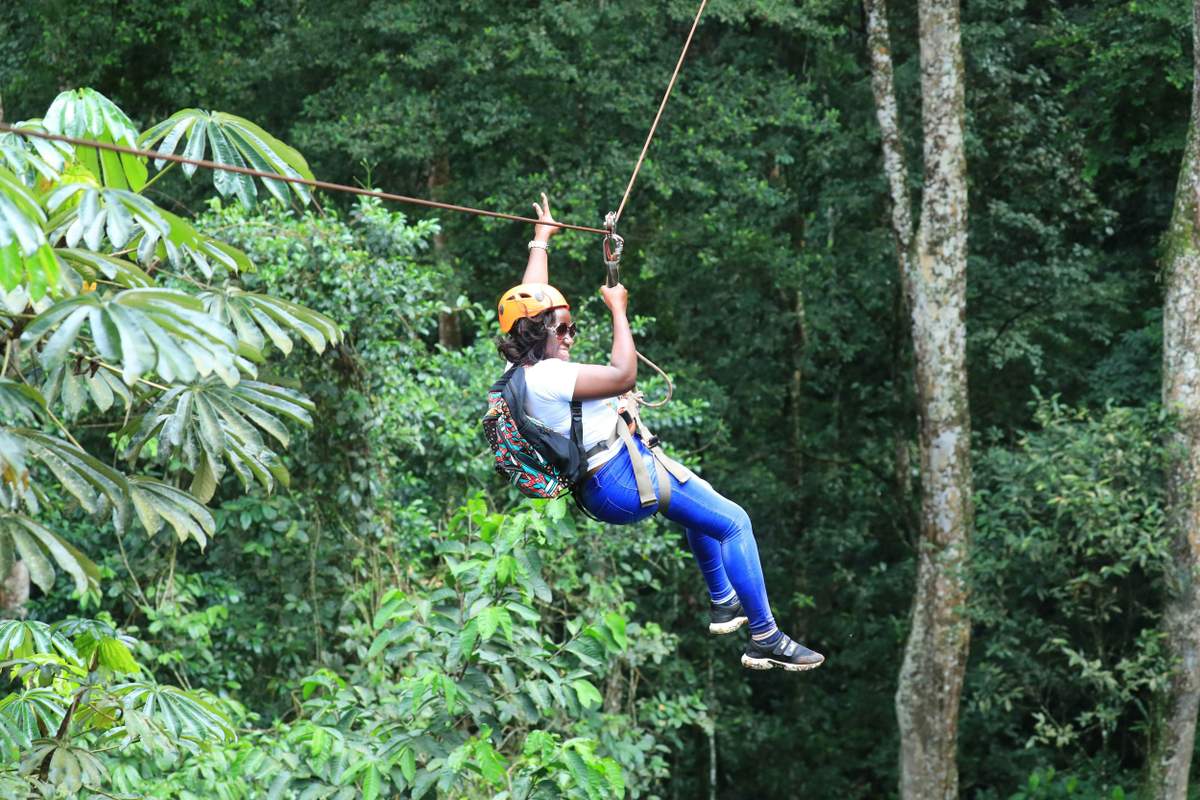Dwarf giraffes have been spotted in Uganda and Namibia
Jan 13, 2021 • 2 min read

Nigel the dwarf giraffe in Namibia beside a regular adult male © Emma Wells, GCF
While giraffes are known for their long legs and necks, researchers have become interested in two creatures with shorter legs who have been discovered in different countries.
The adult male giraffes were documented in Murchison Falls National Park, Uganda, and on a private farm in central Namibia. They were spotted during photographic surveys routinely conducted by GCF to determine numbers, population dynamics and distribution of giraffes throughout Africa. The dwarf giraffes had shorter legs compared to others of a similar age, and researchers from the Giraffe Conservation Foundation (GCF) have recently published a paper about their findings.

The Namibian dwarf giraffe was named Nigel and he was born in 2014. His unique body shape was first observed when he was about four years old, an age when male giraffe are close to maturity and fully grown. “While the Namibian farmer had spotted Nigel regularly over the years, it was only after our observations that he realized that Nigel was not a juvenile but a fully grown male giraffe,” says researcher Emma Wells. “It is mainly in comparison to other giraffe that his difference in stature becomes obvious.”
The Ugandan giraffe was named Gimli in honor of Tolkien’s Lord of the Rings character. He was nine feet, four inches tall, several feet shorter than typical adult giraffes. The researchers used digital photogrammetry techniques to measure limb dimensions of the giraffes and compared them with others in the populations. They found that they had shorter radius and metacarpal bones than other giraffes of similar age.
The GCF researchers will continue to monitor these two male giraffes to see if any observable variances in their behavior and social status occur. Researchers Michael Butler Brown and Emma Wells published a paper on the discovery in BMC Research Notes, which can be read here, and further information is available from the Giraffe Conservation Foundation's website here.
You might also like:
This website aims to find the top places for wildlife spotting in Africa
Malawi welcomes giraffes following historic translocation
What’s killing Botswana’s beloved elephants? Experts scramble to find answers
Plan with a local




